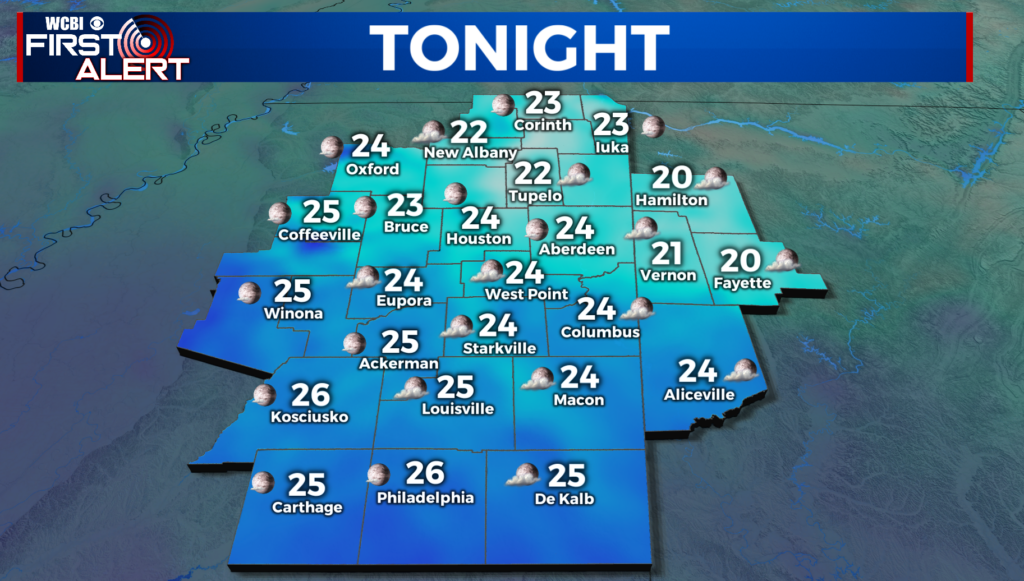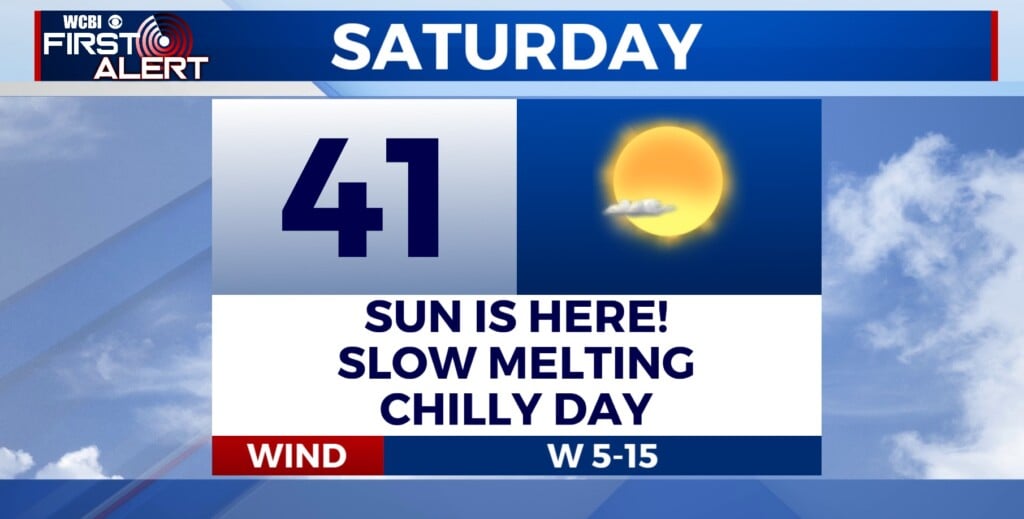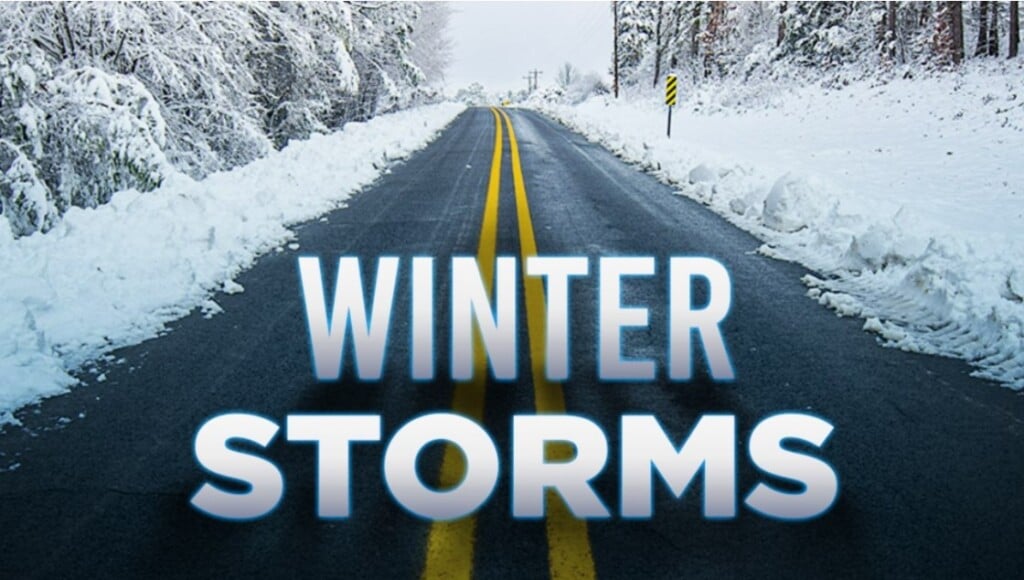People Hinder Responses to Large, Distressed Animals

Dr. Rebecca Gimenez, an instructor for the Technical Large Animal Emergency Response course at Mississippi State University on March 29, 2014, explains that head protection is essential when people are helping large, distressed animals.
BY LINDA BREAZEALE
MSU Ag Communications
STARKVILLE, Miss. (Press Release) — Well-intentioned people may do more harm than good when trying to help large animals after disasters, trailer accidents and other catastrophes.
Doug Carter, an agent with the Mississippi State University Extension Service in Rankin County, said even people with large animal experience can make life-threatening mistakes. He was one of the Extension agents who took part in the Technical Large Animal Emergency Response awareness course at the Mississippi State University College of Veterinary Medicine on March 29 and 30.
“We are trying to make sure at least one Extension agent in every county has had this training,” he said. “In many cases, we will be among the first responders if there is an incident involving livestock, whether it is on the highway, at a local farm or at state livestock show.”
Carter, who has been an Extension agent since 1990, is also a volunteer with the Walters Volunteer Fire Department in Rankin County.
“The class taught us about helping trailered animals involved in a highway accident or other problems,” he said. “With Interstate 20 running through Rankin County, we see a lot of trailers on the road, and the potential for accidents is significant.”
Dr. Rebecca Gimenez of Georgia was the primary instructor for the class, which is designed for emergency responders, veterinarians, veterinary technicians, animal handlers, livestock owners, livestock transporters, facility operators and anyone who works with livestock or exotic animals. She emphasized prevention of accidents and safety when responding.
“The biggest obstacles in a large animal rescue are often humans,” Gimenez said. “In most situations, you will have frantic and distressed owners and bystanders. They will often want action fast, without adequate regard for the safety of the animal and responders. Unfortunately, emergency personnel are inexperienced in large animal response. Their actions may be the opposite of what is needed.”
Gimenez travels the country preaching a message of training and safety.
“We teach veterinarians so much in school, but they don’t get enough training on how to stay safe at a rescue site,” she said. “We have to use safety and common sense, which is not really very common. Remember, if a person gets injured, the animal rescue stops.”
Gimenez said too many people believe animals think and respond like humans.
“Most large animals, especially horses and cattle, will not understand that people want to help. As the animals try to recover from a trauma, they may or may not intend to hurt people in the process,” she said. “All people are too small and weak to manhandle a horse. Responders must keep themselves in a safe position, especially away from kicking legs. Helmets on all responders, including veterinarians, are a must.”
A trained horse can usually be led by a rope around its neck during normal circumstances. However, using a rope during a traumatic incident may cause more injuries.
“For the same reasons you would not remove people from a wreck by putting a rope around their necks, ropes should not be used on animals’ necks,” she said. “Find a safer way to assist and contain large animals.”
Gimenez also discouraged rescuers from chasing animals, dragging them without a glide, placing unpadded ropes around legs, or using wenches attached to an animal’s tail or any body part.
Instead, Gimenez told the participants to make their responses simple.
“Cut obstacles out of the way, and let the animal free itself. Build a ramp. Make a path or trail. Use webbing instead of rope. If possible, feed and water the animal to calm it while it waits for help. Bring some sort of barge to help with water rescues. Think in terms of containment, not capture.”
Wilkinson County Extension agent Ann Davis described the training as engaging and useful to all participants, especially the first responders without large animal experience.
“Everyone needs to be reminded to keep safety first. I love animals and have had lots of experience with horses and livestock, but people should not risk their lives by responding too quickly without thinking through the situation,” Davis said. “The instructor provided practical and common sense methods we could use locally in an emergency. We don’t have to have the expensive equipment that might be found in a bigger city.”
Sponsors of the two-day awareness course included the MSU College of Veterinary Medicine, the Mississippi Animal Response Team, the Mississippi Board of Animal Health and Ivy Consulting Group.





Leave a Reply